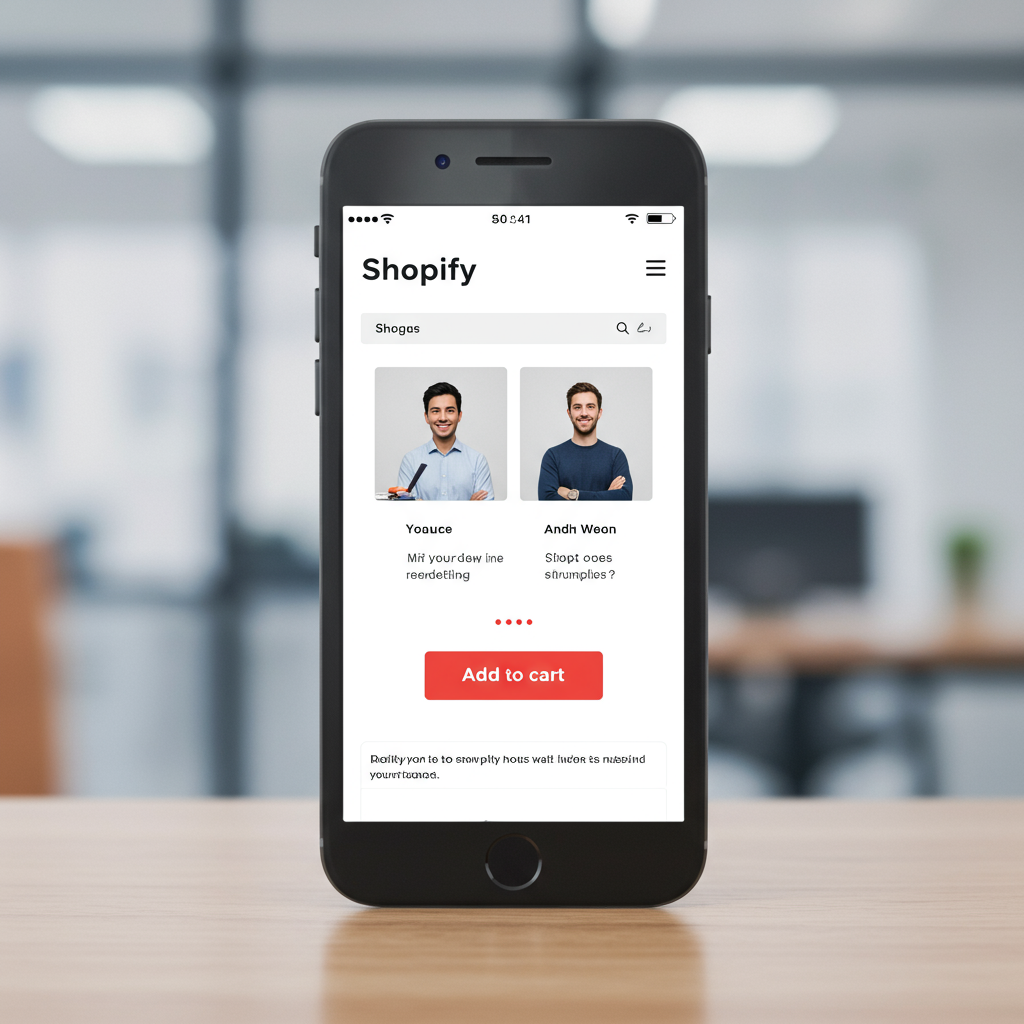Optimizing Your E-commerce Experience for the Smartphone Generation
Hello fellow Shopify merchants! Today, I want to talk about something incredibly vital for your online success: designing a mobile-first Shopify store.
In my experience, this isn’t just a trend; it’s the standard. More and more, your customers are browsing, discovering, and purchasing from their smartphones.
Think about it: when was the last time you made a significant online purchase without at least checking it on your phone first? Probably not recently.
Ignoring mobile optimization is like closing your doors to a huge segment of your potential customer base. It’s simply not an option in today’s e-commerce landscape.
So, what exactly does “mobile-first” mean? It means designing your store with the smallest screen in mind first, then progressively enhancing it for larger screens.
This approach forces you to prioritize content, focus on essential elements, and ensure a seamless experience even with limited screen real estate.
My first piece of advice is to choose a mobile-responsive Shopify theme. Shopify’s theme store offers many excellent options that are built with responsiveness in mind.
When selecting a theme, I always look for one that clearly states its mobile-friendliness and offers a clean, uncluttered layout. Simplicity is key on mobile.
Next, let’s talk about speed. Mobile users are notoriously impatient. A slow-loading site will lead to high bounce rates and lost sales.
I always emphasize optimizing images. Large, uncompressed images are often the biggest culprits for slow loading times. Use tools to compress them without sacrificing quality.
Shopify has built-in image optimization, but I often use external tools or apps to ensure my images are perfectly sized and compressed for web use.
Beyond images, minimize unnecessary apps and scripts. Every additional script adds to your load time. Only install apps that genuinely add value to your customer’s experience.
Navigation is another critical area. On mobile, complex menus are a nightmare. I recommend using a clear, concise “hamburger” menu icon.
Ensure your main navigation categories are easily accessible and logically organized. Don’t make your customers dig for what they need.
Product pages are where the magic happens. For mobile, I focus on clear, high-quality product images that are zoomable.
Product descriptions should be concise and scannable. Use bullet points for key features and benefits. Long blocks of text are difficult to read on a small screen.
The “Add to Cart” button must be prominent and easy to tap. I prefer a sticky “Add to Cart” button that remains visible as the user scrolls.
Think about the checkout process. This is where many mobile users abandon their carts. I strive for the fewest possible steps.
Enable accelerated checkouts like Shop Pay, Apple Pay, or Google Pay. These significantly reduce friction and make purchasing incredibly fast and convenient for mobile users.
I also ensure all form fields are large enough to tap and that the keyboard automatically brings up the correct input type (e.g., numeric for phone numbers).
What do you think about the importance of mobile-first design for your own Shopify store? I’d love to hear your perspective.
Testing is non-negotiable. I regularly test my store on various devices – different phone models, screen sizes, and operating systems.
Use Shopify’s theme customizer preview, but also physically test on real devices. Nothing beats the real-world experience.
Pay attention to touch targets. Buttons and links should be large enough for a finger to tap accurately without accidentally hitting something else.
Finally, remember that mobile-first design is an ongoing process. Monitor your mobile analytics. Look at bounce rates, conversion rates, and user flow.
Use this data to identify areas for improvement and iterate. Small tweaks can lead to significant gains in mobile conversions.
Consider implementing Progressive Web Apps (PWAs) for an app-like experience without requiring an app store download. Shopify has options for this.
While not always necessary, exploring Accelerated Mobile Pages (AMP) for blog content can also boost speed for content-heavy pages.
In conclusion, embracing a mobile-first strategy for your Shopify store isn’t just about keeping up; it’s about thriving.
By prioritizing the mobile experience, you’re not just making your store accessible; you’re making it enjoyable, efficient, and ultimately, more profitable.
I truly believe that a well-designed mobile experience is the cornerstone of modern e-commerce success. Start optimizing today!






